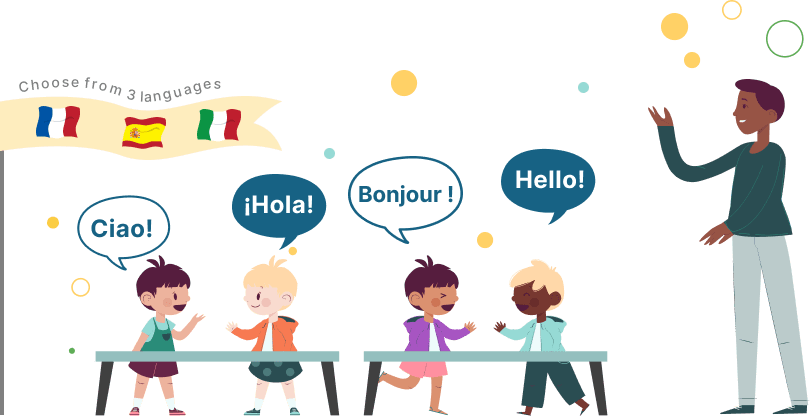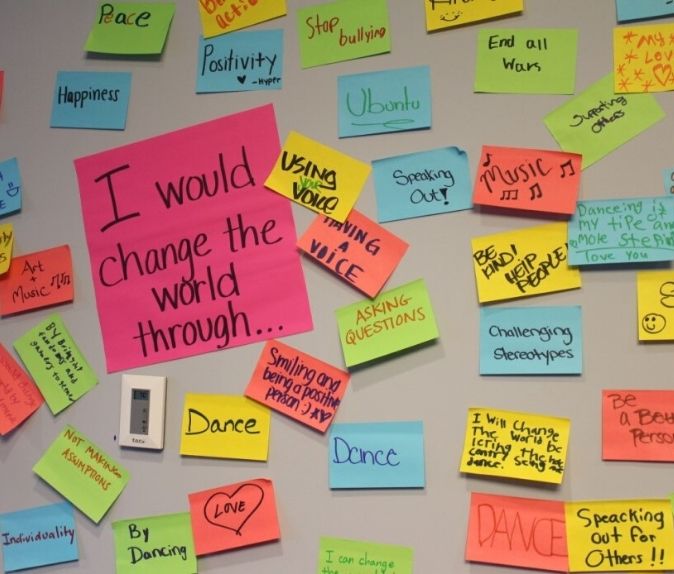Good Facts On Selecting Italian Primary Teaching Support
Wiki Article
What Educational And Information Materials Do Primary And Kindergarten Classrooms Require?
Many primary or kindergartens require a range of informational, educational and other materials to assist their pupils in developing and learning. Examples of materials you could require include Curriculum Materials- These resources can help you achieve the learning objectives of the curriculum at your school. Other resources could be needed for example, textbooks, lesson plans, workbooks and other materials.
Classroom Equipment - For small children, classroom materials such as pencils, papers scissors, glue and other arts equipment are essential.
Education technology: In the technological day, education technologies such as computers, tablets and interactive boards may be utilized to boost learning and provide extra tools for students.
Books- To encourage language and reading development, kindergartens and primary schools require a wide selection of books that are appropriate for children.
Games, puzzles, and blocks are great for developing spatial awareness as well as problem solving skills.
Visual aids. Visual aids like posters, charts, and maps can aid children in understanding and remember important concepts.
Music and art supplies- Materials like paints, clay, instruments and music provide children with a way to express their creativity, as well as promoting self-expression.
Safety supplies are essential to ensure the students and staff's safety. This includes a first aid kit, fire extinguishers or emergency procedure posters.
In general, elementary and kindergarten schools require an array of educational resources and materials to ensure a secure and enjoyable learning environment for children. See the recommended sostegno scuola primaria for blog info.

What Are The Recommended Maths-Related Aids To Education In Italian Preschools?
Maths teaching materials and educational aids can help youngsters in Italian nurseries to develop their spatial, numerical and problem-solving abilities. Here are some recommended materials. Counting manipulatives. Tools for counting like counting bears, blocks, and beads help children develop fine motor and hand-eye abilities.
Charts and numbers Charts and numbers can be used to introduce children to numbers and counting. They could be big, colorful numbers that are hung on the wall, or they can be smaller cards that youngsters can manipulate.
Shape manipulatives. Kids can discover various shapes using manipulatives for shapes. They include wood puzzles, pattern blocks as well as magnetic tiles.
Measuring tools: Measuring tools such as rulers, measuring tapes and scales can help children understand the concept of measurement and comparisons and help build their mathematical vocabulary.
Simple games and puzzles Simple games and puzzles like jigsaws, matching games, or dominoes can aid in developing children's problem-solving abilities, attention to detail and concentration.
Technology-based aids: Technology tools, such as tablets loaded with math games and apps that teach can inspire and engage youngsters. They also offer additional resources to help them learn.
Make use of these resources in an age-appropriate way, and make sure they're safe and appropriate for children. They can be utilized by caregivers and teachers to design engaging and interactive math activities for children that will encourage their curiosity and love of education. Take a look at the top sostegno matematica for website info.

What Kind Of History-Related Educational Cards Are Appropriate For Italian Nursery Schools?
History didactic cards can be helpful in introducing young children in Italian nurseries to the basics of historical concepts. These cards can be found in many types. The cards can include photos of the person and information about their life and accomplishments.
Timeline cards: These cards can aid children in understanding the order of events as well as how historic events interconnect. These cards can be illustrated with important dates and important events.
Cultural cards: These cards teach children about different customs and cultures of the past as well as in the present. The cards could include pictures of traditional food and clothing along with songs, customs, and other aspects of culture.
Artifact card: Artifacts assist children to visualize the events of history, and also learn about the historical ways of living. They can be illustrated of things from various times and cultures.
Map cards are great for teaching youngsters about geography and the background of various nations. They can feature images of maps, as well as details about the past and historical people from different regions.
Choose the right history-related educational games for children that are fun, interactive and appropriate for their age. Teachers and parents are able to make use of these cards to engage children in engaging, interactive activities in the field of history. They will promote the kids' curiosity as well as their excitement about learning about the different cultures and past. View the best sostegno storia for website info.

What Teaching Resources For Geography Do Italian Nurseries Require?
In Italian nurseries, geography education materials can be used to teach children about the world and different cultures. Some examples of the materials that you can use to teach geography include: Maps. Maps can be useful in helping children understand the different countries and regions as well as the location of natural features and landmarks.
Globes. Globes can help your child visualize the Earth's surface. They can also learn more about the continents.
Pictures and videos. Pictures and videos of different places, cultures and people can help teach kids a lot about the world.
Books that are age-appropriate, appropriate for children featuring different cultures and locations can aid children in developing an understanding of geography as well as a sense curiosity about the globe.
Natural substances. Shells, rocks and plants aid children in understanding different eco-systems and the environment.
Field excursions. Children can gain knowledge about the world through hands-on activities and experiences at local parks, zoos and museums.
It is vital to choose the right materials for teaching geography that are age-appropriate as well as culturally sensitive. Teachers and caregivers are able to make use of these resources to develop exciting, interactive geography lessons that stimulate children's curiosity and curiosity.
